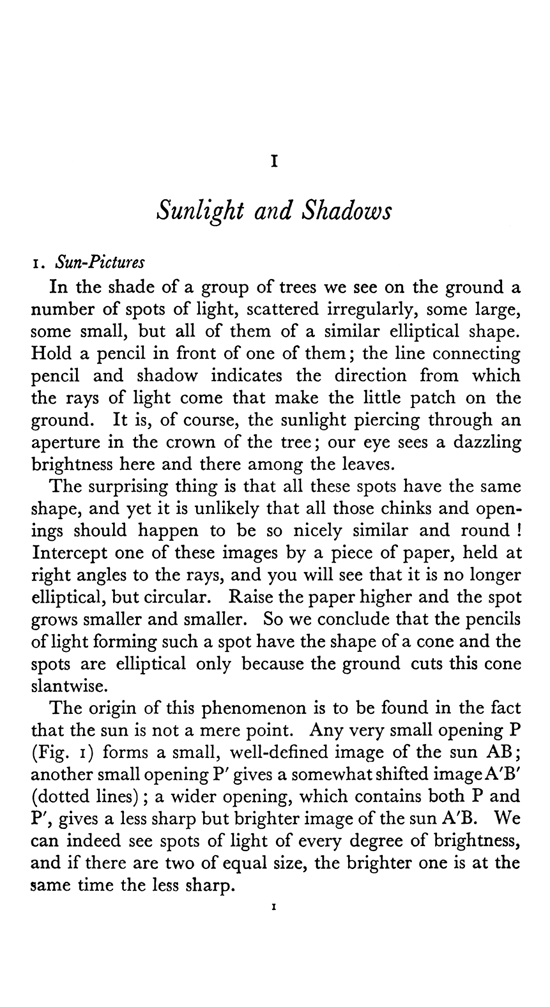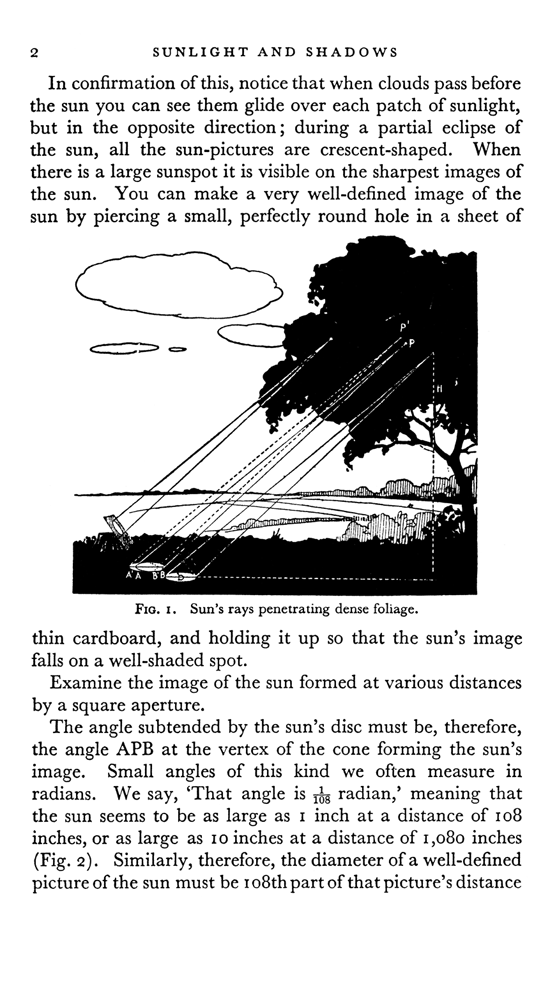The natural phenomenon of dappled light was an artistic fascination and inspiration of mine that began in high school and continues to today.
Dappled light occurs when unblocked sunlight filters through the dense leaves of foliage, lattices or other dense matter with 'holes'. This phenomenon has been studied by both artists and physicists as the beautiful dapples revealed important principles of light, aperture and human vision. One of the first observations or 'problems' discovered was that dappled light were always elliptical in form, even though there were no elliptical shapes in tree leaves or lattices. It was later formulated that leaves combine to make many tiny pinhole cameras (camera obscura), which projected multiple images of the sun on nearby surfaces. Thus, each dapple of light is an image of the surface of the sun. During solar eclipses or when when there is a large sunspot visible on the sun's surface, that eclipsed shape or spot will appear within each dapple (Wikipedia).
"The basic principle pertaining to apertures and images, as is well known today, is that
when light source, aperture and projection plane are all close together, the projected
image has the shape of the aperture. When these variables are at a greater distance from
one another, the projected image takes on the shape of the light source." (Veltman, 1986).
Italian polymath Leonardo da Vinci (1452–1519) was an enthusiastic theorist of camera obscura, stemming from his study of astronomical tradition. He demonstrated various basic principles of light and shadow throughout 270 sketchbook diagrams: "the inversion of images; that images passing through an aperture do not interfere with one another; that images are all in all and all in every part, that pinhole apertures produce different intensities of light and shade and that inverted images demonstrate a contrary motion" (1986).
Unlike Medieval optical writers, Da Vinci used a systematic approach in his studies; he created studies of light using 1, 2, 3, 4, 8, 16, 24, 28 and 32 pinhole apertures, and more complex situations with varying shapes of apertures. These studies lead to examination of gradations of light and shade relevant to visual perception: why, for instance, the eye cannot see clearly the boundaries of nearby objects (1986).
The great importance of these detailed studies of the camera obscura is that they bring various principles of light, shade and vision from philosophical discussion to the realm of physics. Da Vinci's work prepares the way for Kepler's publication of these ideas a century later in his 1604 Paralipomenon ad Vitellionem (1986).
The following are dappled light studies by professor of statistics, political and computer science and data visualization pioneer Edward Tufte.
 |
| Closeup of dappled light on Edward Tufte's Escaping Flatland (2002) |
 |
| Full view of Escaping Flatland (2002) by Edward Tufte |

Edward Tufte's Envisioning Information (pp. 18-23) - Galileo's observations about sunspots within dappled light (1613)
 |
| Dappled light in M. G. J. Minnaert's Light and Color in the Outdoors (1995) |


The following are a collection of photos of dappled light that I've had the pleasure of capturing over the years.
 |
Afternoon in Trinity Bellwoods, Sept 2019
|
 |
| Path near Bridlewood Presbyterian Church, June 2019 |
 |
| Park in Montreal, Aug 2018 |
 |
| Display wall in art class after camp, summer 2017 |
In my fine arts days, I dedicated my first oil painting to the wonders of dappled light. This multi-layered, abstract experimentation sought to draw connections between the subtly refractive properties of oil, the dynamics of light and shadow in dappled light and the visually-striking 'paused action' of trapped bubbles in a frozen lake.
 |
| Dapple I, oil on canvas, 40" x 30" |
Dappled light is a natural wonder that has inspired multidisciplinary bodies of research and artistic creation over the centuries. I hope to further explore this common yet almost-mystical phenomenon by capturing its effects in real time as part of a future film project.
References
Minnaert, M. (1995). Light and Colour in the Outdoors (pp. 1-3). New York: Springer-Verlag New York, Inc.













Comments
Post a Comment